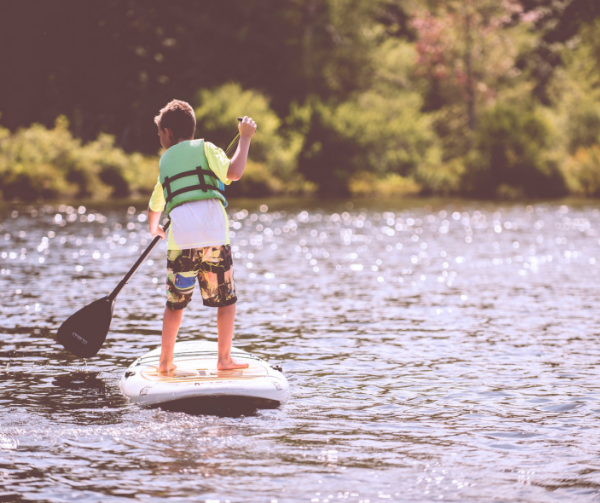
While the summertime break from school is enthusiastically welcomed by students and teachers, the “summer slide” is a very real challenge for families to overcome each year.
According to the National Summer Learning Association, “most students lose two months of mathematical skills every summer, and low-income children typically lose another two to three months in reading.” (source) As adults, we would not expect to exercise nine months out of the year to achieve peak physical fitness and not suffer some loss of muscle mass during a two month break from a daily fitness routine. The same principle applies to emerging skill sets in children. The gaps widen each summer, incrementally adding to a much larger deficit during high school years: “Summer learning loss during elementary school accounts for two-thirds of the achievement gap in reading between low-income children and their middle-income peers by ninth grade.” (source)
Fortunately, there are many low-cost resources and simple daily practices to help parents combat the summer slide and encourage children to continue in their skill sets.
Read: Visit Your Local Library or Bookstore
The benefits of reading aloud to children have significant long-term impacts, as many studies have shown: “Kindergarten children who were read to at least three times a week had a ‘significantly greater phonemic awareness than did children who were read to less often.’” (source) The Austin Public Library branches offer a variety of storytimes for younger children, from all ages story time to pajama story time to multilingual story time. Try a new story time each week, and you can easily add 45 minutes of weekly read aloud time to your child’s summertime routine.
Bookstores such as Half Price Books and Barnes and Noble offer summertime reading programs that encourage daily reading with earned rewards. Kids can earn Bookworm Bucks at Half Price Books in June and July, or a free book with Barnes and Noble’s Book Your Summer program. Bookpeople offers the 5 Book Dive summer reading challenge for kids to earn a $5 gift certificate when they read five books.
Play: Learn Outdoors and Indoors
Summertime learning doesn’t need to be restricted to libraries, schools, or even desks. For reinforcing math skills during outdoor time, consider Wild Math for children in kindergarten through fourth grade. Wild Math is a low-cost curriculum option for math activities that can be practiced outside. Learn addition and subtraction, and even patterns and algebra outdoors using materials such as sticks, leaves, flowers, and rocks.
Learning also doesn’t require additional time to be carved out of busy summertime family schedules. Implement learning into your family’s daily schedule by taking advantage of little moments, such as bedtime. Bedtime Math offers books for different ages that reinforce math and logic with a bedtime story. A downloadable app is also available for parents to have at hand.
Eat: Learn in the Kitchen
Learning and making new recipes involves math and reading at any age, making the kitchen a great place to reinforce skill sets over the summertime. Bake Austin offers many options for summertime camps and kids baking classes. Kids can learn the process of making pasta, cakes, and breads, or specific items like French macarons and rugelach.
For edible educational activities at home, consider reading a book with related recipes to combine both literacy and hands-on math skills. Genius Kitchen offers a list of 31 recipes inspired by children’s books, including Cloudy with a Chance of Meatballs, Charlie and the Chocolate Factory, and Stone Soup. Pinterest offers thousands of ideas for learning with food, from metamorphic edible rocks to marshmallow constellations.
Avoiding the summer slide doesn’t have to involve workbooks and long division at the kitchen table during the summertime.
Most importantly, utilize small moments during each day to reinforce family bonding time with learning instead of separating the two. Reading, playing, and even cooking are all simple ways to implement math and literacy skill sets into fun summertime activities, allowing children to continue to build upon what they’ve spent an entire school year learning.









